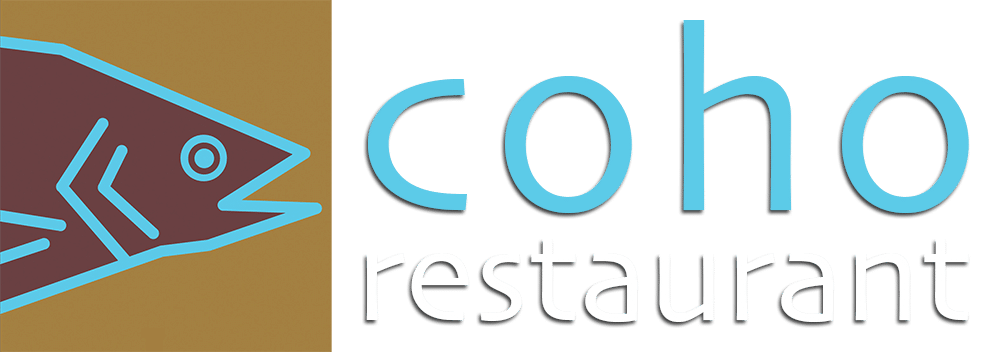
The issue of where our fish comes from has been gaining steam in recent years. The practices and standards for catching fish are very, very different from those of catching terrestrial animals. There are strict quotas on deer hunting, for example, and those who are careless, hunt at the wrong season, or take too many animals will face stiff fines and possibly jail time. Yet, the standards for catching wild seafood go mostly unchecked. Fisherman using broad nets are often guilty of producing “bycatch” – up to 25% of their total catch which may be fish they never intended to catch at all, or even marine mammals like dolphins and sea lions.
People are starting to catch on to this alarming reality. Americans are starting to care deeply about where their food comes from. Organically grown produce and humanely raised livestock are already majorly trending – and here’s hoping that the final tier of that becomes sustainable seafood.
“The sustainable seafood movement aims to maintain the flow of safe, nutritious seafood without wiping out fish populations,” stated this article from the Seattle Times. “Although significant progress has been made in recent years, this movement faces constant challenges as it balances the interests of fish sellers, fish catchers, environmental advocates and consumers.”
Most of the fish you buy in the grocery store doesn’t even come from the United States, and although there are regulations in place to keep U.S. fishermen from wiping out a certain kind of fish (tuna and shrimp are big ones that are being harvested faster than they can replenish), those regulations don’t exist in other countries. So you can help this movement catch fire simply by checking your labels.
Another thing you can do is pay attention to sustainability certifications, and make sure that all the seafood you purchase has one of  them. The most effortless way to do that is the handy guide published by the Monterey Bay Aquarium. You can select the region where you live, and it will keep you up to date on three levels of sustainability for the seafood available near you – the ones you should eat, the ones that are sometimes permissible to eat based on certain factors, and the ones you should never eat. They do all the work for you in a pocket-sized guide that easily fits in your wallet. There’s also a free app available for iPhone or Android users called the Seafood Watch Guide.
them. The most effortless way to do that is the handy guide published by the Monterey Bay Aquarium. You can select the region where you live, and it will keep you up to date on three levels of sustainability for the seafood available near you – the ones you should eat, the ones that are sometimes permissible to eat based on certain factors, and the ones you should never eat. They do all the work for you in a pocket-sized guide that easily fits in your wallet. There’s also a free app available for iPhone or Android users called the Seafood Watch Guide.
You can also make sure that you’re asking for sustainable seafood when you go out to eat. When you dine with us at Coho, you can enjoy your meal knowing that the fish on your plate has been purchased using all the sustainable seafood guidelines. Our fish changes by season based on what is responsibly available to order.
Right now at Coho, Chef Bill is prepping wild Lingcod from Alaska. It’s a wonderful, diverse fish with a nice flaky texture and a rich, buttery flavor. He is also working a sustainably-raised rainbow trout from a farm in Idaho, as well as some whole Arctic char from the northeast.
“While it is not quite the rich fatty King salmon, it does have similar flavor and will hold us over till the King returns,” said Bill.
We are all eagerly awaiting the return of salmon season here in the Puget Sound area. In the meantime, Bill is working hard to make sure our guests are never wanting for a variety of sustainable fish on their plates. We’re proud to be a part of the local and fast-growing green movement here on San Juan Island!

